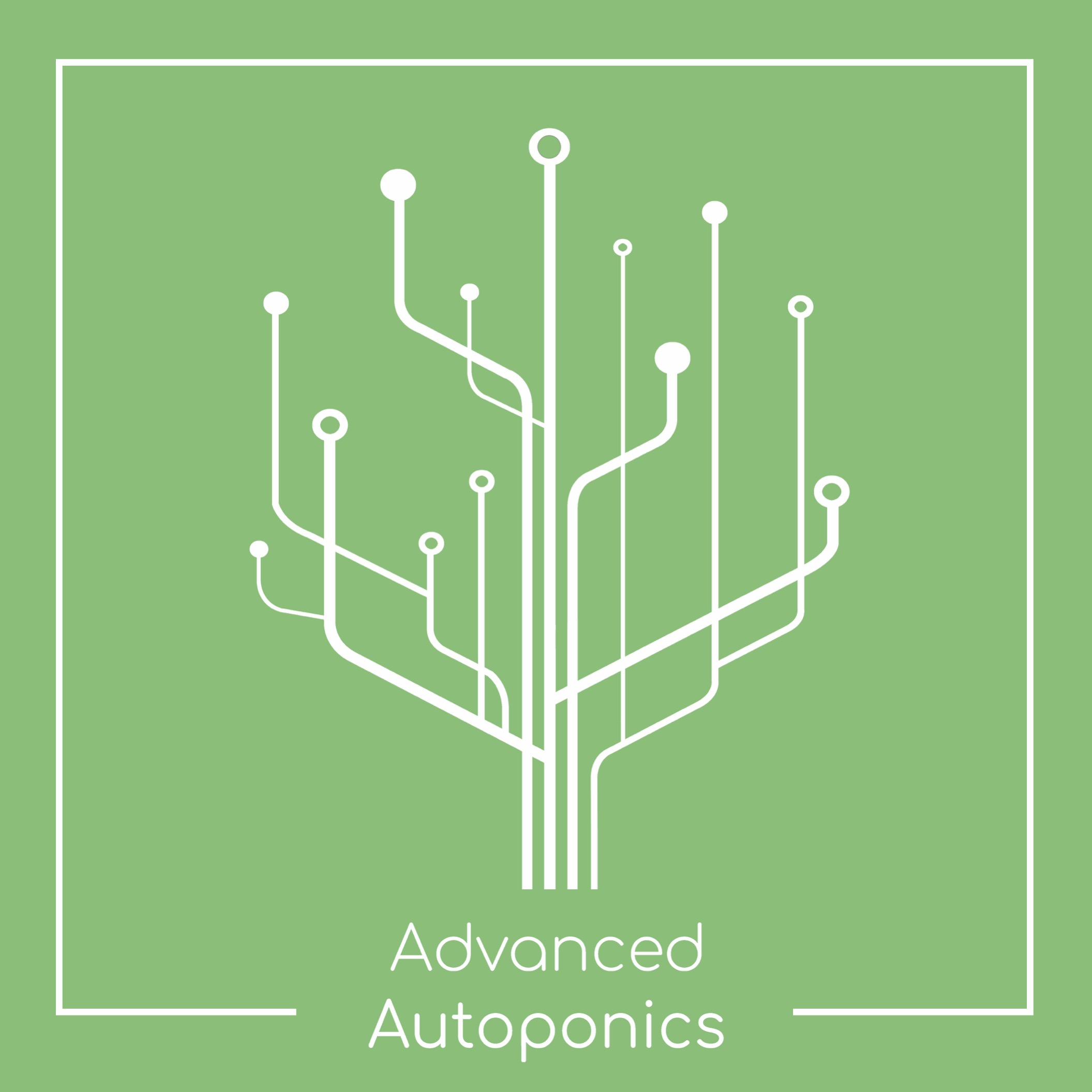Urban planting has become a popular trend in recent years as more people look for ways to grow their own fresh produce in smaller, urban living spaces. Two popular methods of urban planting are hydroponic gardening and traditional soil gardening. Both methods have their own set of pros and cons, and it can be helpful to understand the differences between the two before deciding which method is best for your own urban planting needs.
Hydroponic gardening is a method of growing plants without soil, using a nutrient-rich water solution instead. This method allows for plants to grow faster and more efficiently than traditional soil gardening, as the plants can absorb nutrients more easily through their roots. This can be especially beneficial in urban settings where space is limited and soil quality may be poor.
One of the main advantages of hydroponic gardening is that it allows for year-round gardening, regardless of the weather. This can be especially useful for urban dwellers who do not have access to outdoor space for traditional soil gardening. Additionally, hydroponic gardening requires less water than traditional soil gardening, as the water is recirculated within the system, reducing water waste.
However, there are some downsides to hydroponic gardening. One of the main disadvantages is the initial cost of setting up a hydroponic system, which can be more expensive than traditional soil gardening. Additionally, hydroponic systems require a bit more maintenance and monitoring to ensure that the nutrient solution is properly balanced and that the plants are receiving the nutrients they need to thrive.
On the other hand, traditional soil gardening is a more familiar and accessible method of urban planting for many people. Soil gardening allows for a wider variety of plants to be grown, as different plants have different soil requirements. Additionally, soil gardening can be a more affordable option for those just starting out with urban planting, as it does not require the purchase of specialized hydroponic equipment.
One of the main advantages of traditional soil gardening is the natural relationship between plants and soil. Soil contains essential nutrients that plants need to grow, and soil gardening allows plants to develop strong root systems that can help them withstand environmental stresses. Additionally, traditional soil gardening can be a more sustainable option, as the soil can be enriched with compost and other organic materials to improve its quality over time.
However, traditional soil gardening also has its drawbacks. Soil gardening can be more susceptible to pests and diseases than hydroponic gardening, as pests and diseases can easily spread through the soil. Additionally, soil gardening requires more water than hydroponic gardening, as the water must be absorbed by the soil and roots of the plants.
In conclusion, both hydroponic and traditional soil gardening have their own set of pros and cons when it comes to urban planting. It is important to consider your own space, budget, and gardening goals when deciding which method is best for you. Whether you choose hydroponic gardening for its efficiency and year-round growing capabilities, or traditional soil gardening for its natural relationship between plants and soil, urban planting can be a rewarding and sustainable way to grow your own fresh produce in an urban setting.
For more information visit:
Advanced Autoponics
https://www.advancedautoponics.com/
Denver, United States
Our cutting-edge hydroponic technology empowers developers, designers, and architects to integrate greenery anywhere, transcending the limitations of soil. Our solution automatically establishes the ideal root environment for plants, fostering growth and sustainability while conserving water and space. Our advanced technology offers real-time monitoring and updates accessible from anywhere on the globe.